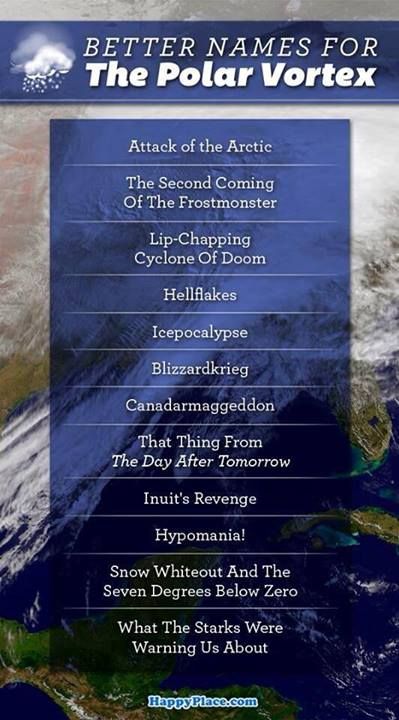Maybe they should have let a writer come up with the name for this phenomenon...


Last edited:

 Archmage
Archmage Auror
Auror Acolyte
Acolyte